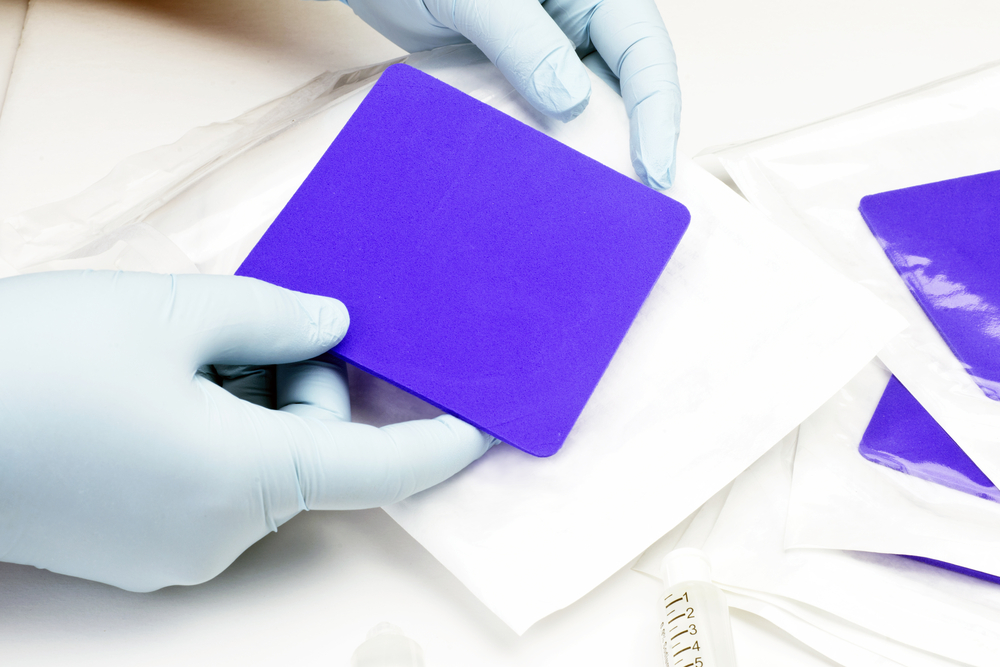The journey to recovery after surgery is not just about healing; it’s also about healing well. Post-surgical care focuses on not only ensuring the wound closes but also minimizing the visual and structural impact of scars. This is where the innovation of Polyurethane (PU) foam in post-surgical dressings comes into play, revolutionizing scar management and promoting optimal healing. This blog post explores the myriad benefits of PU foam dressings and their transformative role in post-operative care.
The Role of Dressings in Post-Surgical Healing
The right dressing does more than cover a wound; it creates the ideal conditions for healing. Traditional dressings have offered basic protection but often miss the mark in providing the nuanced care needed for optimal post-surgical recovery. They can either lead to over-drying, which impedes cell migration essential for wound closure, or fail to manage exudate properly, risking infection and delayed healing. The introduction of PU foam into the post-surgical care landscape addresses these challenges head-on, setting a new standard for what wound care can achieve.
Benefits of PU Foam in Post-Surgical Dressings
Superior Absorption & Moisture Management: PU foam’s high absorbency is unmatched, efficiently wicking away excess fluid while maintaining the right moisture balance. This balance is crucial; a wound that is too dry may halt the healing process, while one that is too wet can lead to maceration and infection. PU foam’s unique structure allows it to absorb exudate, reducing the risk of bacterial growth and promoting a faster, cleaner healing process.
Breathability: Beyond moisture management, PU foam’s breathability is key to its effectiveness. This feature allows air to circulate over the wound, which is essential for cell growth and repair, further aiding in healing.
Reduced Risk of Infection: Acting as a barrier to bacteria, PU foam significantly lowers the risk of infection. This protective feature is paramount in post-surgical care, where the risk of infection can complicate recovery and result in more significant scarring.
Comfort and Conformability: Comfort is not just a luxury in wound care; it’s a necessity. PU foam’s flexibility ensures it can adapt to any part of the body, providing gentle, effective coverage. This adaptability, combined with its soft texture, improves patient compliance with dressing changes and care protocols, a non-negotiable aspect of successful post-surgical recovery.
PU Foam and Scar Management
Scar formation is a natural part of the healing process, yet how a wound heals can significantly influence the scar’s appearance and texture. PU foam dressings create an environment that supports healthy tissue regeneration, which is essential for minimizing scarring. By maintaining ideal moisture levels, PU foam promotes an even less fibrotic scar tissue formation, leading to softer, less noticeable scars. The evidence is clear in both clinical studies and patient outcomes: when PU foam dressings are used in post-surgical care, the incidence and severity of scarring are significantly reduced.
Implementing PU Foam in Clinical Practice
Adopting PU foam dressings into post-surgical protocols is a strategic move towards advanced patient care. Healthcare professionals should consider the wound’s size, location, and exudate level when selecting a dressing, tailoring the choice to each patient’s unique needs. Education on the proper application and benefits of PU foam dressings is essential, ensuring all care team members are equipped to use this technology effectively.
The path to recovery after surgery is multifaceted, requiring a delicate balance of protection, moisture management, and patient comfort to achieve the best outcomes. PU foam dressings have emerged as a superior choice in post-surgical care, offering an innovative solution to the complex challenges of wound healing and scar management. By embracing PU foam technology, healthcare providers can significantly improve the healing experience for their patients, resulting in faster recovery times and less noticeable scarring. As we continue to see advancements in wound care materials and techniques, PU foam stands out for its remarkable ability to meet the needs of both patients and professionals in the post-surgical healing process.



